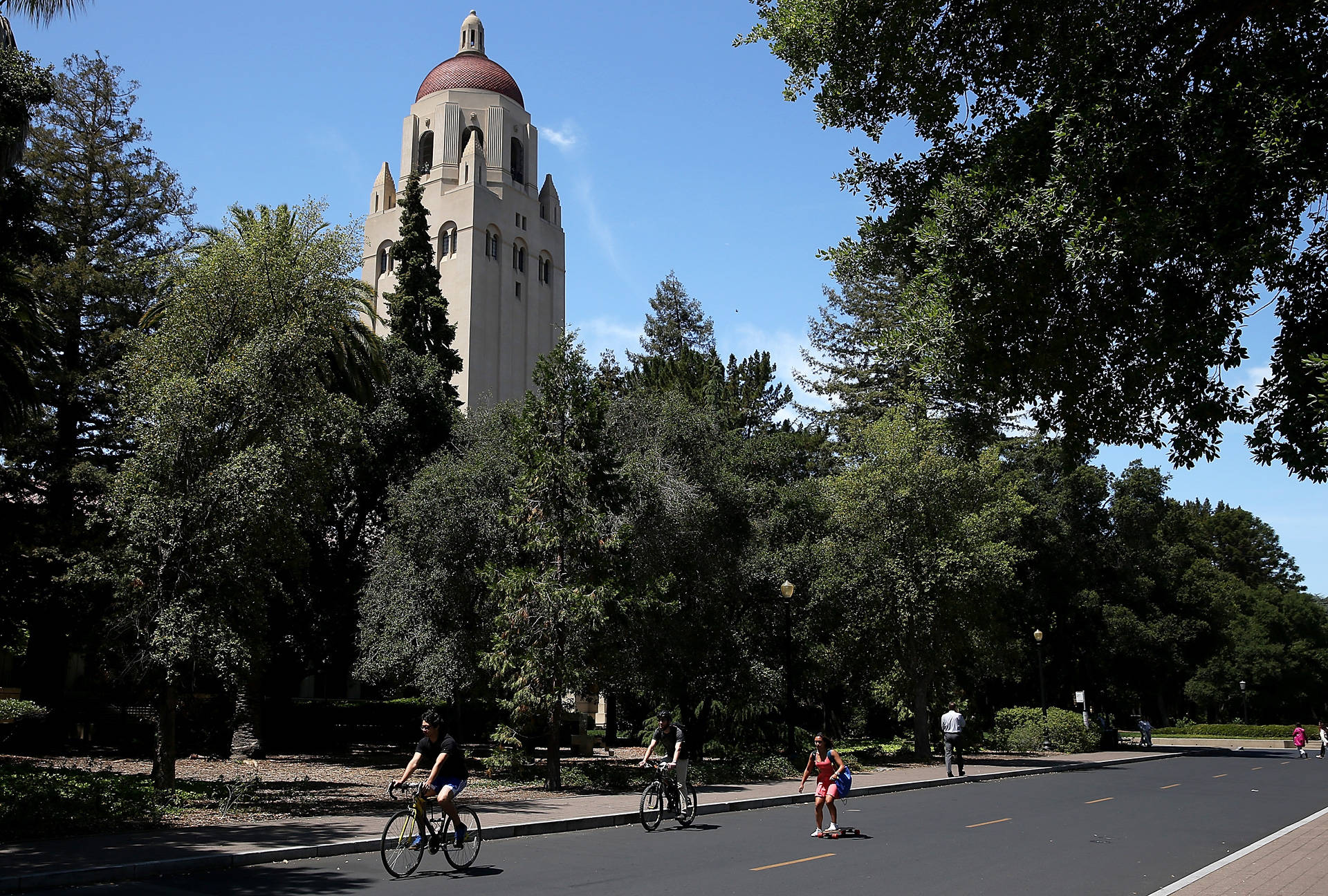Case 1: 2/26/2015
Case 2: 5/28/2015
Case 3: 7/23/2015
Case 4: 7/23/2015
Case 5: 4/18/2016
To put the number of cases in context: The federal list includes 243 sexual violence cases at 192 postsecondary institutions, as of June 1. Apart from Stanford, two other schools had four cases: Kansas State University and Saint Mary's College of Maryland. Six other schools had three cases.
When we sought comment from Stanford about how it accounts for the number of open investigations, Lisa Lapin of the university's communications office said the school "is fully cooperating with the OCR investigation, which as at other universities will be comprehensive."
Lapin added that while the government lists five cases, they reflect four different incidents.
"In one of the matters, both the complaining student and the responding student filed concerns with OCR," she said.
Lapin also described the cases in question, omitting details such as names and places:
- "One was by a student who felt that although male student she accused was found responsible, his punishment was not severe enough. One complaint was by this same male student who was found responsible and feels that the process was not fair to him.
- "One OCR complaint was brought by two students who had made complaints against the same male student, who was found responsible in both cases, and their concern is about the process.
- "One OCR complaint was brought by a student who refused to go forward in the disciplinary process and complains that her concerns were not adequately addressed.
- "One OCR complaint is by a student who was not satisfied with the outcome of her matter in which the student she was accusing was found by the disciplinary panel to not be responsible."
Discussing the timing of the cases, Lapin says, "All of these cases precede our existing Title IX procedure, and some took place as long ago as 2011. Some were investigated by the Office for Community Standards as well as the [university's] Title IX office."
As for the Turner case, Stanford noted this week that it had banned him from its campus within weeks of the attack, saying in a statement Tuesday that it had also reached out to the victim to inform her of the steps being taken.
Stanford says it "did everything within its power to assure that justice was served in this case, including an immediate police investigation and referral to the Santa Clara County District Attorney's Office for a successful prosecution."
While much of the current criticism over the Turner case is now being directed at the judge, Stanford has found itself at the center of another high-profile sexual assault case — continuing a string that goes back at least to 2014, when a female student took the rare step of going public to criticize how the school handled her case, as the Palo Alto Weekly reported.
The federal list of open sexual violence investigations, which is compiled by the Department of Education's Office for Civil Rights, debuted in 2014 as part of an effort to improve the way colleges and universities handle reports of sexual violence. In addition to the list, the government offered guidance and other resources at a new website, called Not Alone.
When the government took that step, Stanford was also taking action: When the first OCR list was published, the school was in the process of hiring its first full-time Title IX coordinator, an expert on preventing sexual misconduct.
That coordinator, Catherine Criswell, was a veteran of the federal Office for Civil Rights. She left Stanford just before the start of the most recent school year, to take up a more senior position at the University of Virginia.
Since February, Stanford has been handling sexual assault claims under a pilot program that reflects changes that were recommended by a provost task force. We were curious about how the new investigation and resolution process works. Here's how Lapin described it:
"Among other things, the process calls for a unified investigation and adjudication system, highly trained hearing panels to decide responsibility and sanction, the ability of parties in a case to receive up to nine hours of paid legal assistance if they wish, and expulsion as the expected sanction for sexual assault cases as defined by university policy."
Lapin added that because the program is being run as a pilot, it will be monitored and evaluated for possible further changes. For it to become permanent, she said, the process would need the approval of groups representing both the students and faculty of Stanford.
